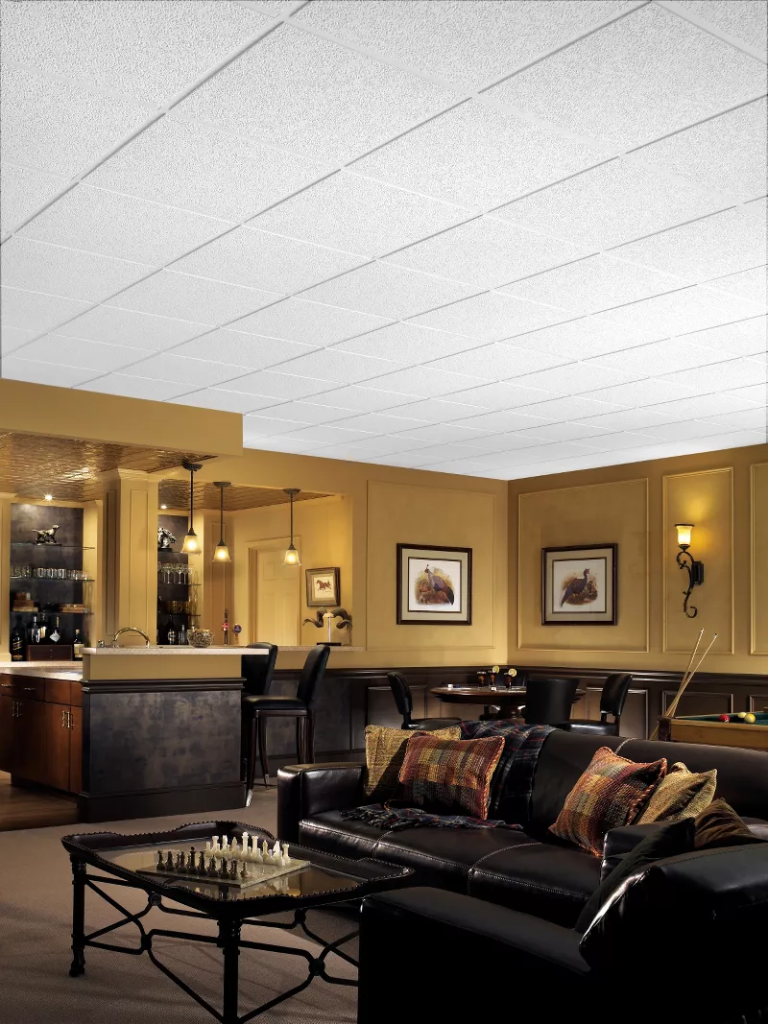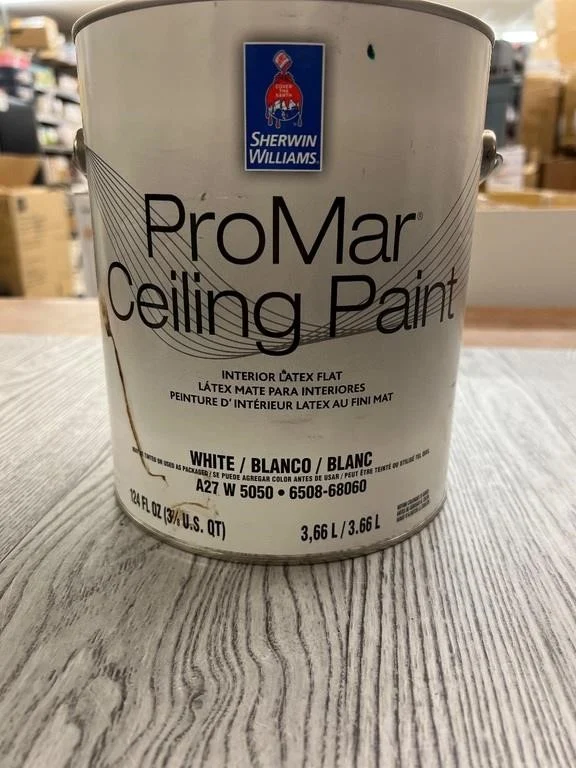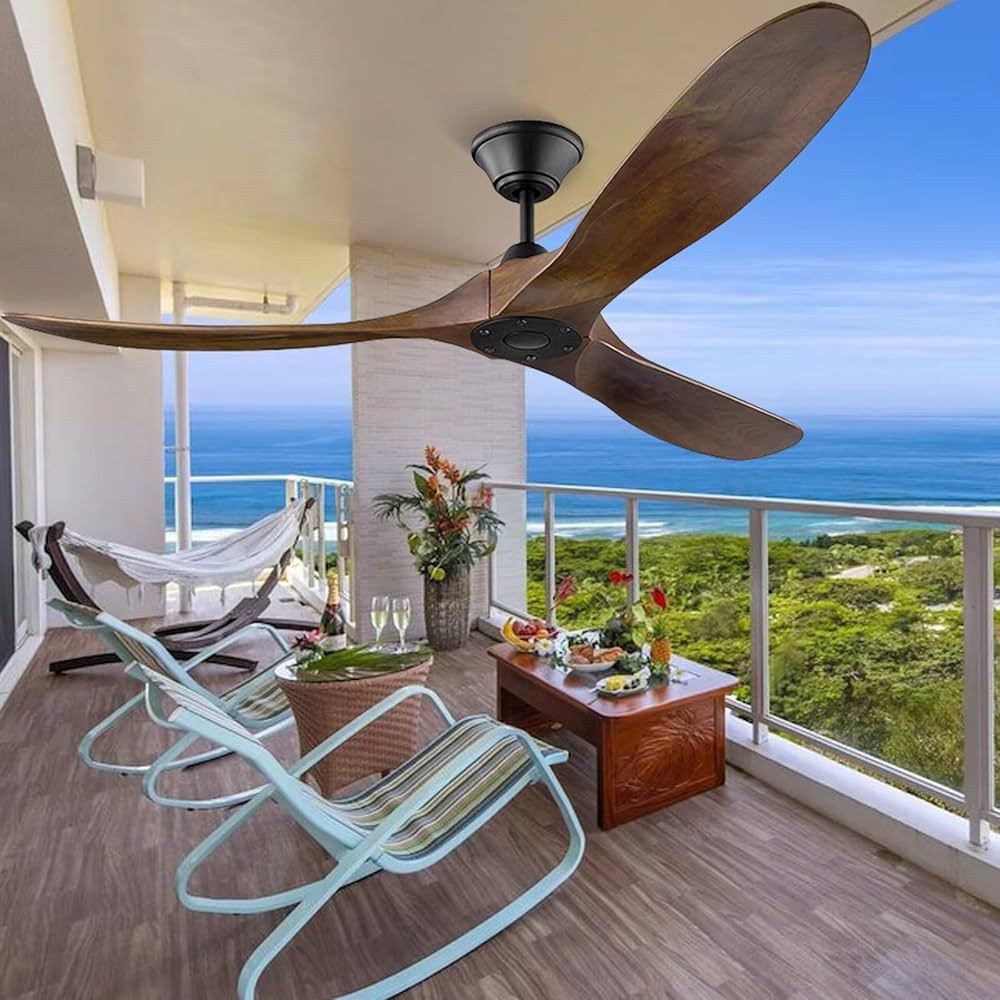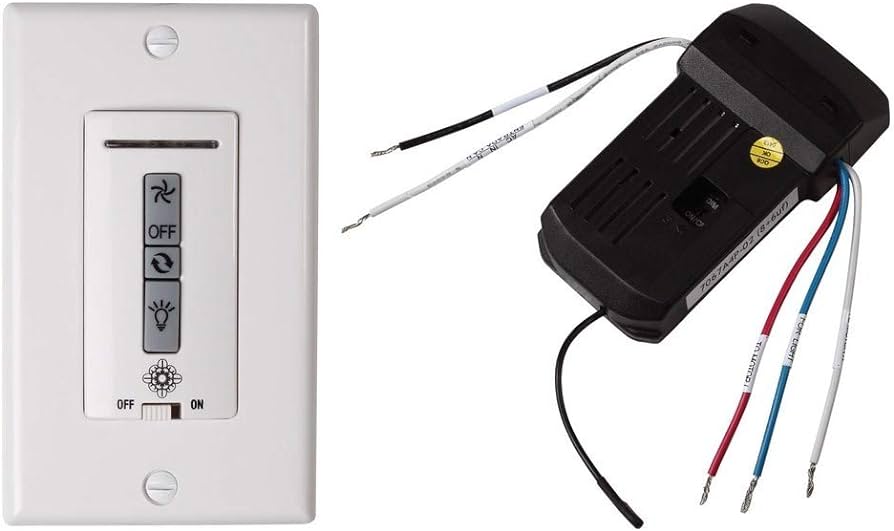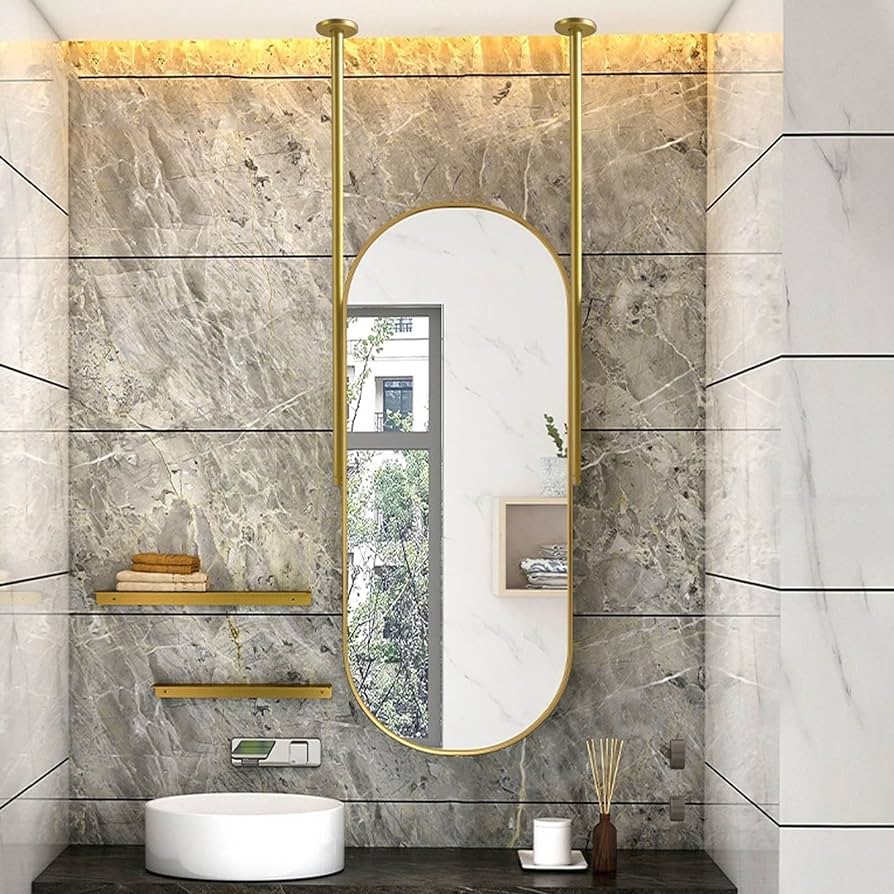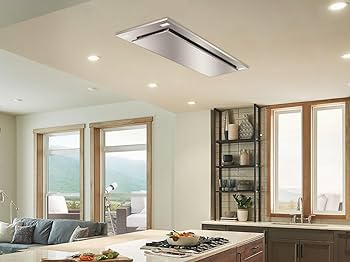Ceiling fans are a staple in many homes, offering both cooling relief and an aesthetic touch to your decor. However, what if you want to enhance their functionality or switch out old fixtures for new ones? Enter the Ceiling Fan Conversion Kit—a versatile tool that allows you to upgrade or modify your ceiling fan with minimal hassle. This comprehensive guide will walk you through everything you need to know about ceiling fan conversion kits, including their benefits, types, installation process, and more.

What Is a Ceiling Fan Conversion Kit?
A Ceiling Fan Conversion Kit is a set of components designed to upgrade or transform your existing ceiling fan. These kits enable you to change the function, appearance, or efficiency of your ceiling fan without replacing the entire unit. Conversion kits are popular for their convenience and cost-effectiveness, offering a way to modernize or repurpose your ceiling fan to suit your needs.
Read too: Kitchen Lighting For A Vaulted Ceiling: Illuminating Your Space with Style and Functionality
Benefits of Using a Ceiling Fan Conversion Kit
1. Cost-Effective Upgrades
One of the primary advantages of using a ceiling fan conversion kit is cost savings. Rather than purchasing a new ceiling fan, which can be expensive, a conversion kit allows you to upgrade your current fan for a fraction of the cost. This makes it an economical choice for homeowners looking to enhance their ceiling fan’s functionality or aesthetics.
2. Versatility
Ceiling fan conversion kits offer a range of options to tailor your fan to your preferences. Whether you want to add a light kit, switch out blades, or install a remote control, there is likely a conversion kit that meets your needs. This versatility ensures that you can customize your ceiling fan to fit your home’s decor and functionality requirements.
3. Easy Installation
Most ceiling fan conversion kits are designed for DIY installation, making them accessible to homeowners with basic electrical skills. The kits typically come with detailed instructions and all the necessary hardware, allowing you to complete the upgrade without professional help. This ease of installation makes conversion kits a practical choice for those who enjoy tackling home improvement projects.
4. Enhanced Functionality
Conversion kits can significantly enhance the functionality of your ceiling fan. For example, adding a light kit can transform a basic fan into a multi-functional fixture that provides both illumination and cooling. Similarly, installing a remote control kit allows you to operate your fan from anywhere in the room, adding convenience and control.
Types of Ceiling Fan Conversion Kits
When selecting a Ceiling Fan Conversion Kit, it’s essential to understand the different types available and their specific functions. Here are some common types of conversion kits:
1. Light Kits
- Purpose: Add illumination to your ceiling fan.
- Features: Light kits can come with various bulb types, including incandescent, CFL, or LED. They may include options for dimming or adjusting light intensity.
- Installation: Typically involves attaching the light kit to the fan’s existing mounting bracket and wiring it to the power supply.
2. Remote Control Kits
- Purpose: Allow wireless control of your ceiling fan.
- Features: Remote control kits usually include a handheld remote and a receiver that mounts to the fan. Some kits offer programmable settings or timers.
- Installation: Involves installing the receiver inside the fan’s canopy and pairing it with the remote control.
3. Blade Conversion Kits
- Purpose: Change or upgrade the fan blades.
- Features: Blade conversion kits come with new blades in various materials, colors, and designs. They can refresh the look of an old fan or provide better air circulation.
- Installation: Requires removing the existing blades and attaching the new ones to the fan’s blade arms.
4. Downrod Kits
- Purpose: Adjust the height of the ceiling fan.
- Features: Downrod kits include rods of various lengths to lower the fan, which can improve air circulation in rooms with high ceilings.
- Installation: Involves replacing the existing downrod with the new one, ensuring proper alignment and stability.
How to Choose the Right Ceiling Fan Conversion Kit
Selecting the right Ceiling Fan Conversion Kit depends on your specific needs and the existing setup of your ceiling fan. Here are some factors to consider:
1. Compatibility
Ensure that the conversion kit is compatible with your existing ceiling fan model. Check the manufacturer’s specifications or consult with a professional if you’re unsure. Compatibility issues can affect the functionality and safety of the installation.
2. Functionality
Determine what you want to achieve with the conversion kit. Do you need additional lighting, improved control, or a new look for your fan? Choose a kit that aligns with your goals and enhances your fan’s performance.
3. Installation Complexity
Consider your DIY skills and comfort level with electrical work. Some conversion kits may require more complex installation, while others are straightforward and easy to install. Opt for a kit that matches your experience level or seek professional help if needed.
4. Design and Aesthetics
Choose a conversion kit that complements your home’s decor. For example, if you have a modern interior, a sleek, contemporary light kit might be a good fit. If you’re updating an antique fan, look for kits that match the vintage style.
Installation Guide
Installing a Ceiling Fan Conversion Kit can be a manageable DIY project if you follow the proper steps. Here is a general guide to help you with the installation process:
1. Turn Off Power
Before starting any electrical work, ensure that the power to the ceiling fan is turned off at the circuit breaker. This step is crucial for safety and prevents electrical shocks.
2. Remove Existing Components
If you’re adding a light kit or changing blades, start by removing the existing components from the ceiling fan. This may involve unscrewing or detaching parts, depending on the type of conversion kit.
3. Install the Conversion Kit
Follow the manufacturer’s instructions for installing the conversion kit. For a light kit, attach it to the fan’s mounting bracket and connect the wiring according to the provided diagram. For a remote control kit, install the receiver inside the fan’s canopy and pair it with the remote control.
4. Test the Installation
Once the kit is installed, turn the power back on and test the functionality of the new components. Ensure that everything operates correctly and make any necessary adjustments.
5. Finish and Clean Up
After verifying that the installation is successful, secure any loose wires or components and clean up the work area. Replace any covers or panels that were removed during the installation process.
Conclusion
A Ceiling Fan Conversion Kit offers a versatile and cost-effective way to enhance the functionality and appearance of your ceiling fan. Whether you’re looking to add lighting, improve control, or refresh the fan’s look, these kits provide numerous options to meet your needs. By understanding the different types of conversion kits, how to choose the right one, and the installation process, you can confidently upgrade your ceiling fan and enjoy its benefits for years to come.










